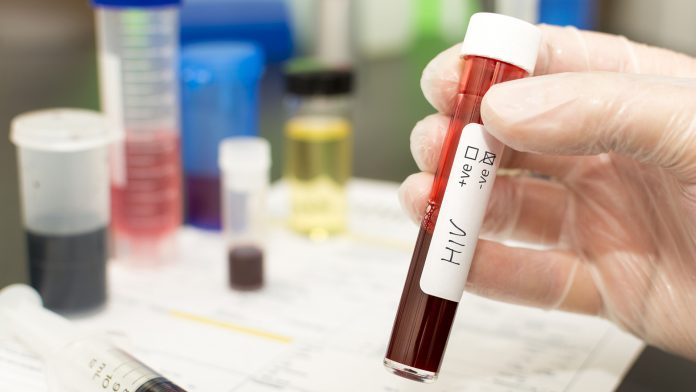
A unique single treatment for HIV could transform the future of caring for HIV infections, potentially leading to innovative therapies.
New research from Tel Aviv University offers hope for treating AIDS by creating a vaccine or a single treatment for HIV infections. HIV (human immunodeficiency virus) attacks and damages the cells in the immune system, weakening the ability to fight infections and disease. AIDS collectively represents potentially life-threatening infections that occur following severe damage by HIV.
There is no cure for HIV, but revolutionary treatments such as antiretroviral medicines stop the virus from replicating in the body, giving vital time for the immune system to repair and prevent damage. The developments from Tel Aviv University could mean a one-time treatment is on the horizon, reducing the financial burden and improving the quality of life.
The study was published in the journal Nature and led by Dr Adi Barzel and PhD student Alessio Nehmad, both from George S. Wise Faculty of life sciences and the Dotan Center for Advanced Therapies in collaboration with the Sourasky Medical Center (Ichilov).
Innovating treatment for HIV
The researchers developed a one-time injectable treatment for HIV, using technology that examines type B white blood cells that would be genetically engineered inside the body to secrete neutralised antibodies against HIV. B cells are white blood cells that generate antibodies against infections and bacteria.
Dr Barzel explained: “until now, only a few scientists, and we among them, had been able to engineer B cells outside of the body, and in this study, we were the first to do this in the body and to make these cells generate desired antibodies. Genetic engineering is done with viral carriers derived from viruses that were engineered so as not to cause damage but only to bring the gene coded for the antibody into the B cells in the body.
“Additionally, in this case, we have been able to accurately introduce the antibodies into a desired site in the B cell genome. All model animals who had been administered the treatment responded and had high quantities of the desired antibody in their blood. We produced the antibody from the blood and made sure it was effective in neutralising the HIV in the lab dish.”
Gene editing with CRISPR
CRISPR genetic editing technology is based on a bacterial immune system against viruses. The bacteria employ the CRISPR systems to locate viral sequences and disable them by cutting them.
The PhD student Alessio Nehmad elaborated on the use of CRISPR, “we incorporate the capability of a CRISPR to direct the introduction of genes into desired sites along with the capabilities of viral carriers to bring desired genes to desired cells. Thus, we are able to engineer the B cells inside the patient’s body.
“We use two viral carriers of the AAV family, one carrier codes for the desired antibody and the second carrier codes the CRISPR system. When the CRISPR cuts in the desired size in the genome of the B cells, it directs the introduction of the desired gene: the gene coding for the antibody against the HIV virus, which causes AIDS.”
The researchers noted the lack of genetic treatment for HIV and AIDS means the research opportunities are immense.
Dr Barzel concluded: “We developed an innovative treatment that may defeat the virus with a one-time injection, with the potential of bringing about tremendous improvement in the patients’ condition. When the engineered B cells encounter the virus, the virus stimulates and encourages them to divide, so we are utilising the very cause of the disease to combat it. Furthermore, if the virus changes, the B cells will also change accordingly in order to combat it, so we have created the first medication ever that can evolve in the body and defeat viruses in the ‘arms race’.
“Based on this study, we can expect that over the coming years, we will be able to produce in this way medication for AIDS, for additional infectious diseases and for certain types of cancer caused by a virus, such as cervical cancer, head and neck cancer and more.”

























